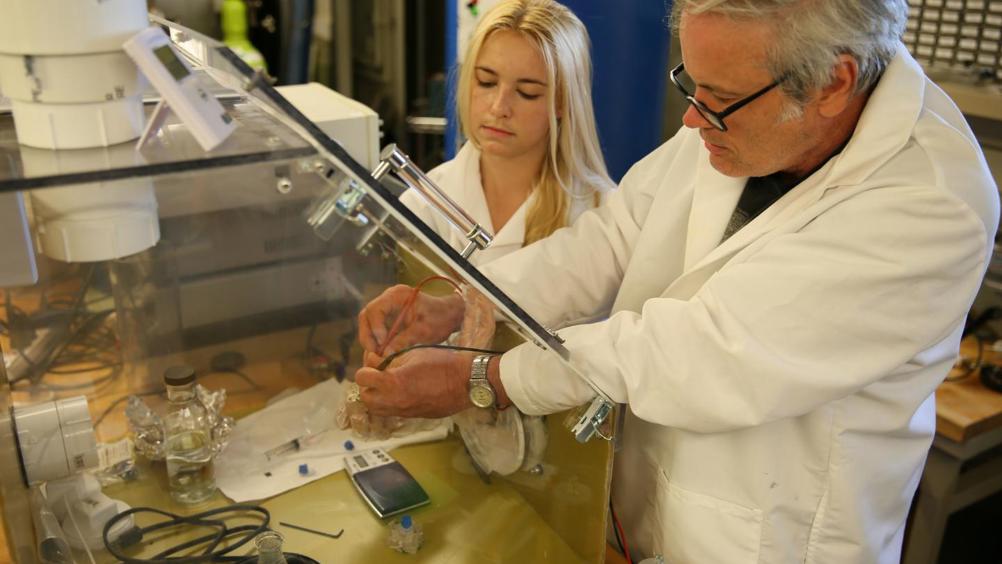H2O micropropulsion used in new CubeSat system
Engineers at Purdue University have developed a new method of micropropulsion for CubeSats, using water as the propellant.

The FEMTA (Film-Evaporation MEMS Tunable Array) thruster uses tiny heaters to create water vapour, which flows into the vacuum of space through capillaries about 10 micrometres wide. When the heaters are not operating, the water’s surface tension prevents it from escaping. The minuscule capillaries therefore act like valves when small amounts of heat are applied.
The thrusters are microscale nozzles manufactured on silicon wafers using nanofabrication techniques. A model was tested in a Purdue vacuum facility, using four thrusters that allowed the satellite to rotate on a single axis.
According to the team, the FEMTA technology demonstrated a thrust-to-power ratio of 230 micronewtons per watt for impulses lasting 80 seconds.
"This is a very low power," said Alina Alexeenko, a professor in Purdue University's School of Aeronautics and Astronautics.
"We demonstrate that one 180-degree rotation can be performed in less than a minute and requires less than a quarter watt, showing that FEMTA is a viable method for attitude control of CubeSats."
Register now to continue reading
Thanks for visiting The Engineer. You’ve now reached your monthly limit of news stories. Register for free to unlock unlimited access to all of our news coverage, as well as premium content including opinion, in-depth features and special reports.
Benefits of registering
-
In-depth insights and coverage of key emerging trends
-
Unrestricted access to special reports throughout the year
-
Daily technology news delivered straight to your inbox










CCC Report Finds UK Climate Targets Still Within Reach
In 1990 67% of the UK´s electricity came from coal-fired power stations and even without renewables the transition to gas was a major contributor to...